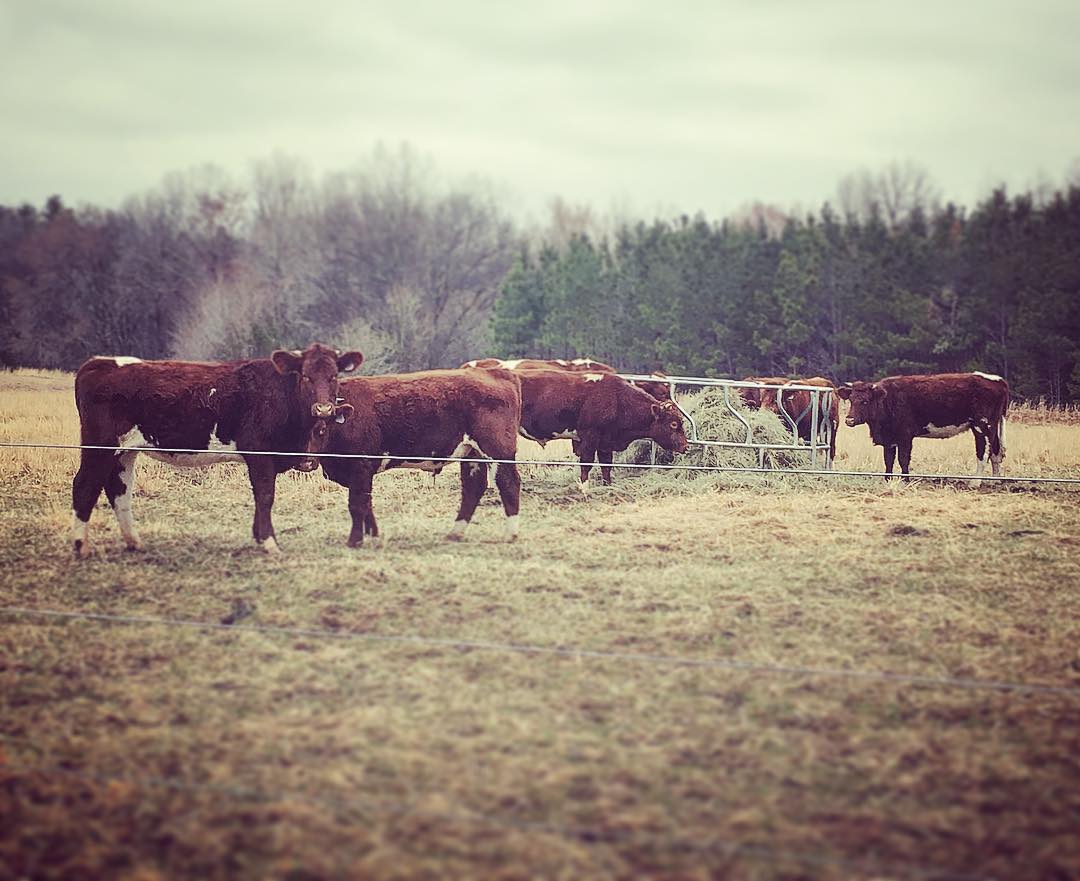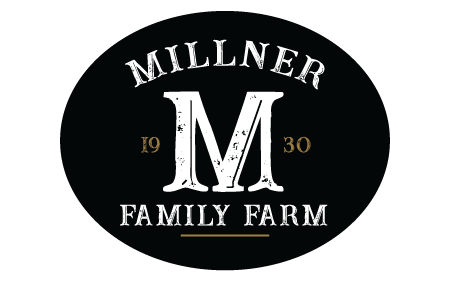
What is the difference between a heifer and a cow?
Most of us tend to say “cow” when we refer to heifers, bulls, cows, and steers. Before I (Ryan) technically knew anything about these beautiful animals, I did the same thing. If I’m being truthful, I still do it to this day because it’s easier to just spew out “cow” because that’s the general term used outside of the cattle industry.
There is a difference between a cow, steer, bull, and heifer.
- A cow is an adult female that has birthed one or two calves. A “mature” cow has birthed at least two calves.
- A cow will have a big difference in the udder. They will be developed for producing milk.
- A heifer is a young female (one to two years) that has not birthed a calf. A “bred heifer” is pregnant with her first calf, however, when she is close to calving, she will be considered a “springer”. A female that is older than two years without birthing a calf is called a “heiferette”.
- A heifer will not appear to have udders as they are not as prominent.
- A bull is an adult male that has not been castrated, or still intact.
- Another name for a bull at least 2 years old used for breeding is a “sire”.
- A steer is a male that has been castrated before reaching sexual maturity.
- The male is referred to as a “stag” when it is castrated after sexual maturity.
How do you determine gender?
 While you may be thinking the easiest way is to just look at them and see if udders or testes are hanging, remember that a heifer typically doesn’t have visible udders like cows, and steers do not have testes as a bull does. For this reason, you’ll have to get up close and personal a lot of the time even if you’ve had decades of experience as a cattle farmer.
While you may be thinking the easiest way is to just look at them and see if udders or testes are hanging, remember that a heifer typically doesn’t have visible udders like cows, and steers do not have testes as a bull does. For this reason, you’ll have to get up close and personal a lot of the time even if you’ve had decades of experience as a cattle farmer.
We’d like to note that horns don’t matter. What we mean is, it doesn’t matter if the animal is a female or male. Both bovines can have horns. There is a misconception that only bulls have horns. This does not mean that every single animal has them. There are males without horns just as much as there are females without horns.
In closing, while you may notice some feminine and masculine differences in more mature animals unless you “get under the hood” and check it out for yourself, you won’t be able to determine 100% what the gender is. Do you think you can recognize a male or female without being close to it? Heifer, please!


